Why The Dog Circles Before Going to Bed?
Published: 2025. 05. 24 - Photos: welovedogz.hu/en; Getty Images Hungary • 3 minutes reading

Published: 2025. 05. 24 - Photos: welovedogz.hu/en; Getty Images Hungary • 3 minutes reading
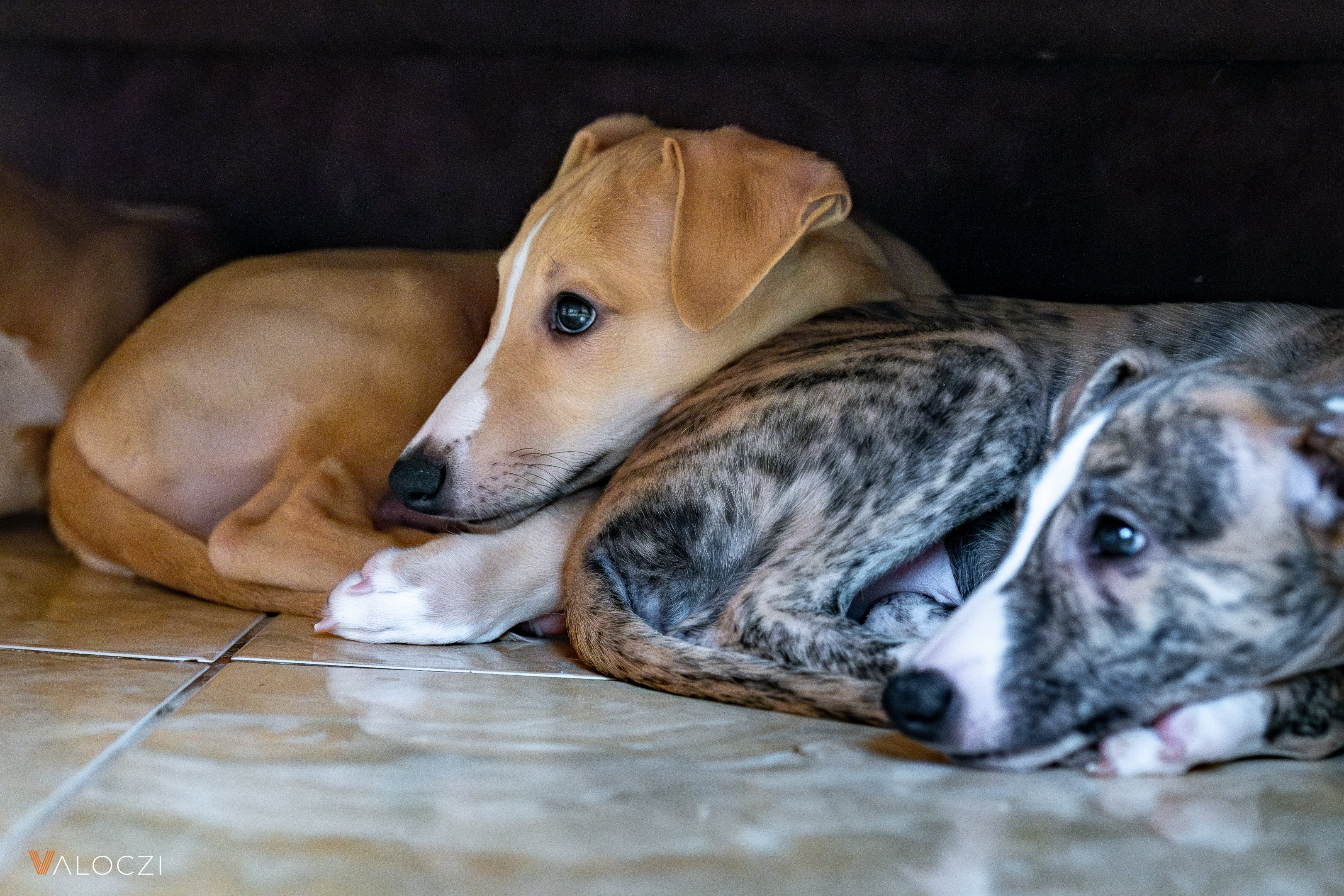
Unlike humans, dogs don't just lie down in bed when they're tired. They spend a considerable amount of time preparing their beds before diving into a night's rest. Tired dogs roll around and do a sort of dance before they fall asleep. And there's a good reason for this ritual.
Dog behaviour experts believe that the need for dogs to turn in circles before going to bed is an inherited trait. Our little friends' ancestors, the wolves, did the same thing, and domestic dogs have carried this tendency on. Such evolutionary behaviours serve to preserve the species and have a strong influence on the behaviour of the animal kingdom for generations. Circling around before going to bed is a form of self-defence: the dog instinctively positions itself to be able to fend off any attack in the wild.
Some biologists believe that wolves sleep with their noses to the wind to quickly detect a threatening smell. Circling allows the wolf to determine the direction of the wind so it can get into the best position. After a quick sniff, it knows when it might be in danger and is ready for a possible attack.
Although most dogs sleep in our homes or other safe, controlled environments, so they are not at risk of attack from wild animals, they have retained this evolutionary defensive trait.
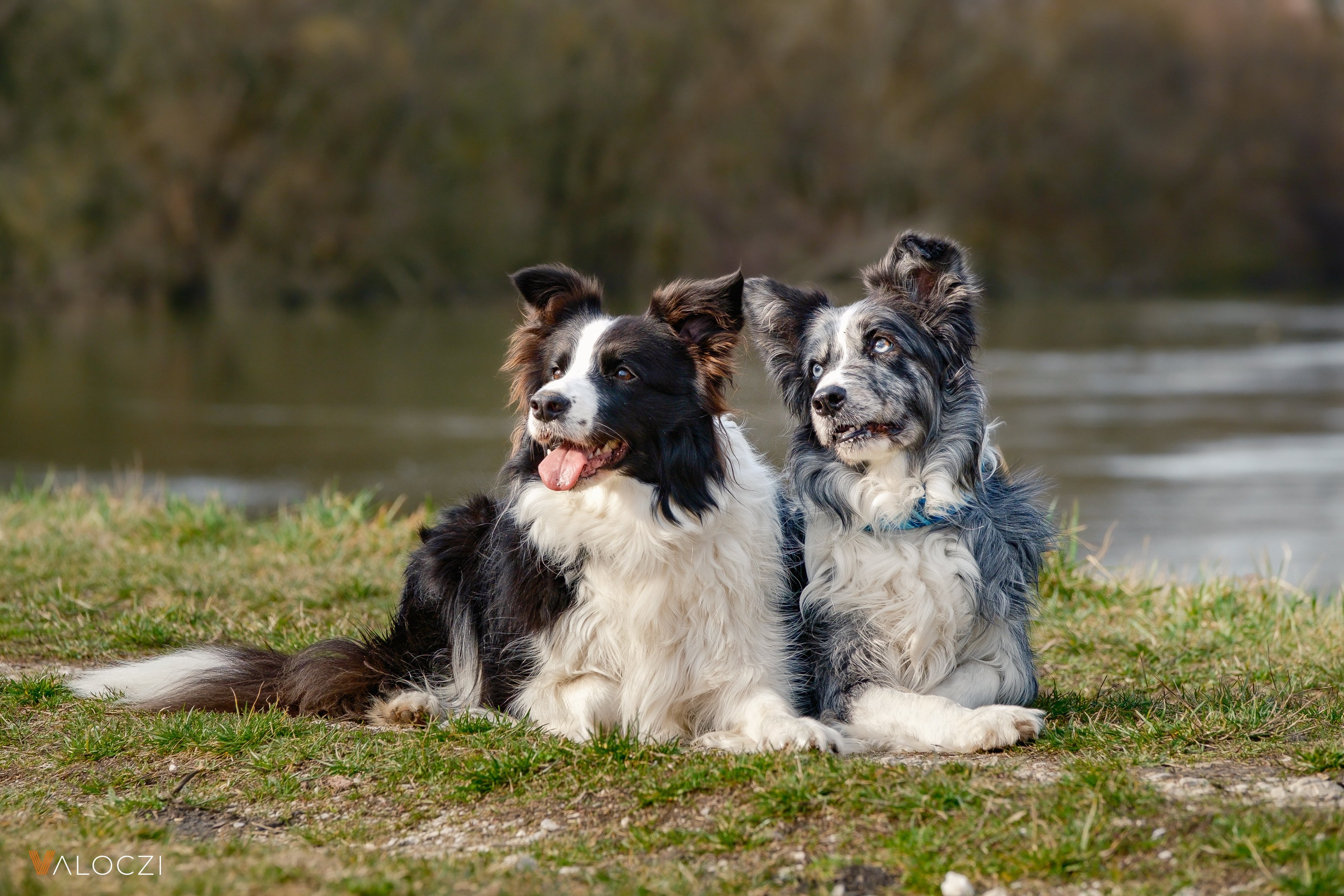 Dogs maintain their evolutionary defensive trait to this day / Photo: welovedogzhu/en
Dogs maintain their evolutionary defensive trait to this day / Photo: welovedogzhu/en
Another evolutionary explanation for circling is that wild canids (such as the wolves mentioned above, or foxes and prairie dogs) live in packs. The group protects its members and keeps an eye out for laggards: circling helps the leaders of the group to assess the group and check for any members who are lagging behind. It also gives them a chance to have a last look around for potential predators before going to bed. The evening round-up is also part of a ritual that helps determine a wolf's place in the pack's ranking.
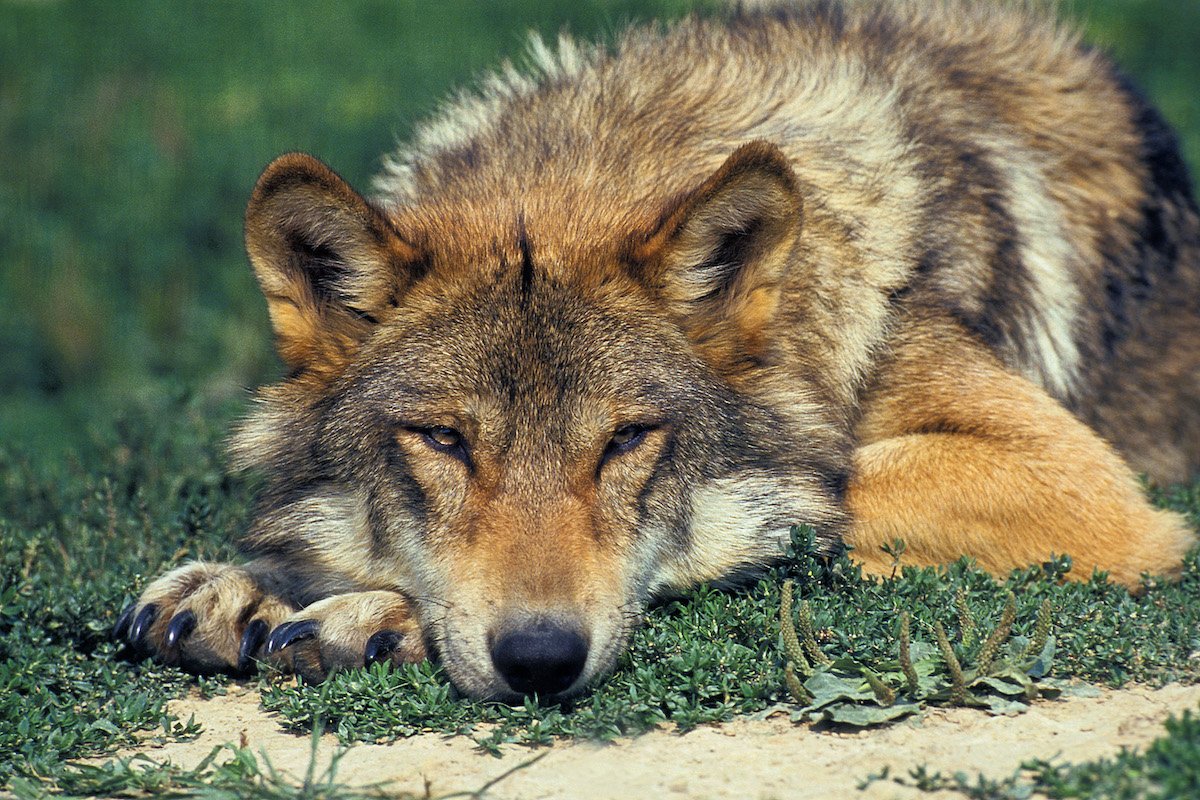 Looking around allows the animal to spot potential predators
Looking around allows the animal to spot potential predators
Another reason dogs roam is that their ancestors in the wild made their own comfortable sleeping places by pushing down tall grass and moving thorny undergrowth before they went to bed. They also dug up stones and fallen tree branches, and in colder climates they moved snow walls. This ‘nesting’ process is also used to reveal unwanted inhabitants such as snakes or insects, and by rearranging the area, the dogs can signal to their mates that they have occupied the site for roosting.
Wild dogs have had to withstand extreme temperature changes. In cold weather, they adapted by forming a ‘cradle’, which affected the temperature of their sleeping area.
In colder climates, wild dogs would curl up into a tight ball, maintaining their own body temperature. In addition, other pack members often gathered in tight groups to share body heat.
While wild dogs in warmer climates scraped the ground to remove topsoil and grass that retained and reflected the sun's heat. This brought cooler soil to the surface, helping them to find more comfortable temperatures to sleep in.
In the end, we can say that whatever the case, there is a biological reason for dogs to circle before they fall asleep.
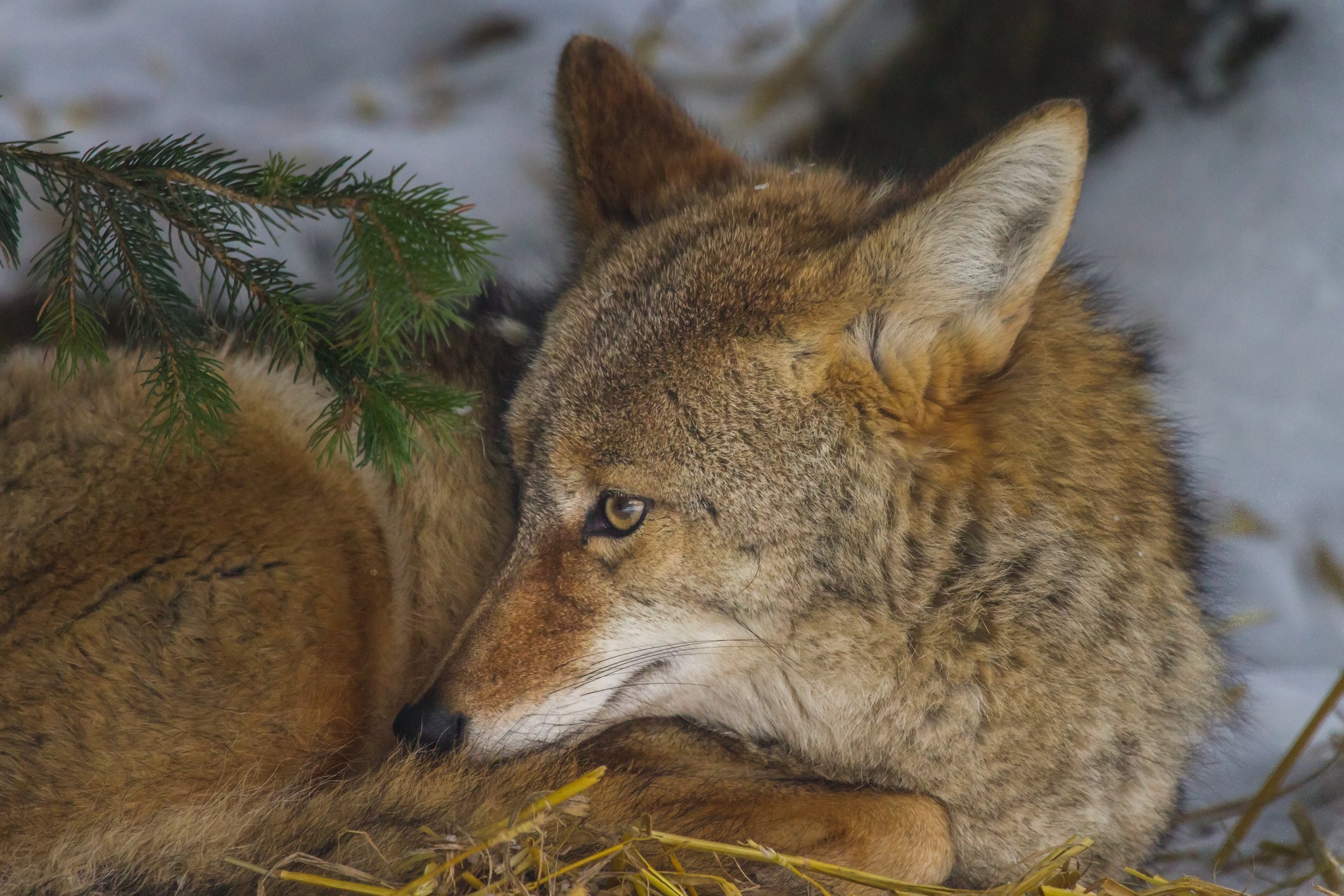 Wild dogs in colder climates curl up to maintain their own body temperature
Wild dogs in colder climates curl up to maintain their own body temperature
Although it's fun to watch our dogs turn around before bedtime, unfortunately it can also be a sign that something is wrong. The cause may be a health problem, which can be identified by the fact that they may squat down and stand up several times during the circling process before settling down. There may be orthopaedic disorders such as arthritis, neurological complaints, or spinal or back problems that can make this instinctive evening activity painful. If this is the case, it is important to consult a vet, as with the right treatment, sleep can become a comfortable and soothing ritual again.
Follow us!
facebook instagram youtube spotifyRelated articles
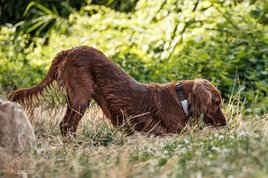
This Type of Slug Killer Can Be Deadly For Your Dog Too
Health • 2 minutes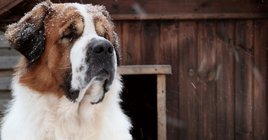
How to keep your dog safe outdoors during the cold winter
Care • 5 minutes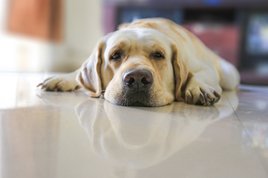
Is your dog's paw slipping too often on the floor? Here's what you can do to help
Care • 3 minutes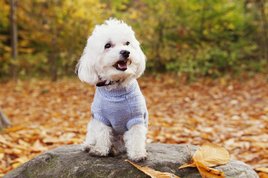
As the temperature drops, your dog's skin becomes more sensitive: how to care for it properly
Care • 3 minutes